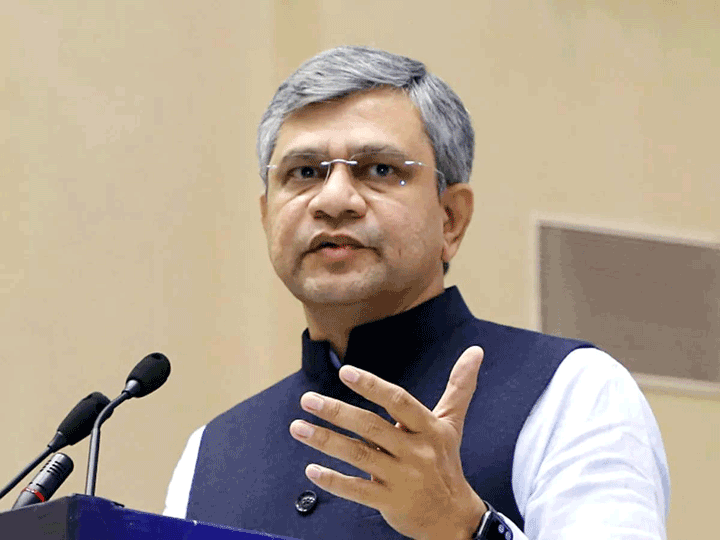Timing and synchronization are key to 5G
Synchronization is one of the most critical functions of a communication system. Timing and synchronization standards for mobile networks prevent messages from interfering with one another and enable smooth cell-to-cell transfers. The increased stringency of timing and synchronization requirements for 5G is being driven by exponentially faster speeds, lower latency, and increased densification.
To use the available spectrum as efficiently as possible, 5G technology introduces a time-division duplex (TDD) environment. In the context of 5G, especially for TDD – where both uplink and downlink transmission is on the same frequency, the possibility of interference is much more significant. As a result, we see more exacting requirements for timing and synchronization for both TDD LTE and 5G-NR. Operators need large amounts of spectrum to deliver on the enhanced mobile broadband (eMBB) use case of 5G, amounts much greater than the 5 to 20MHz that is generally available for LTE networks. Further, most of the available wideband 5G spectrum is either in the C-Band or mmWave, which only supports TDD. This means that TDD is a key factor in enabling eMBB services.











